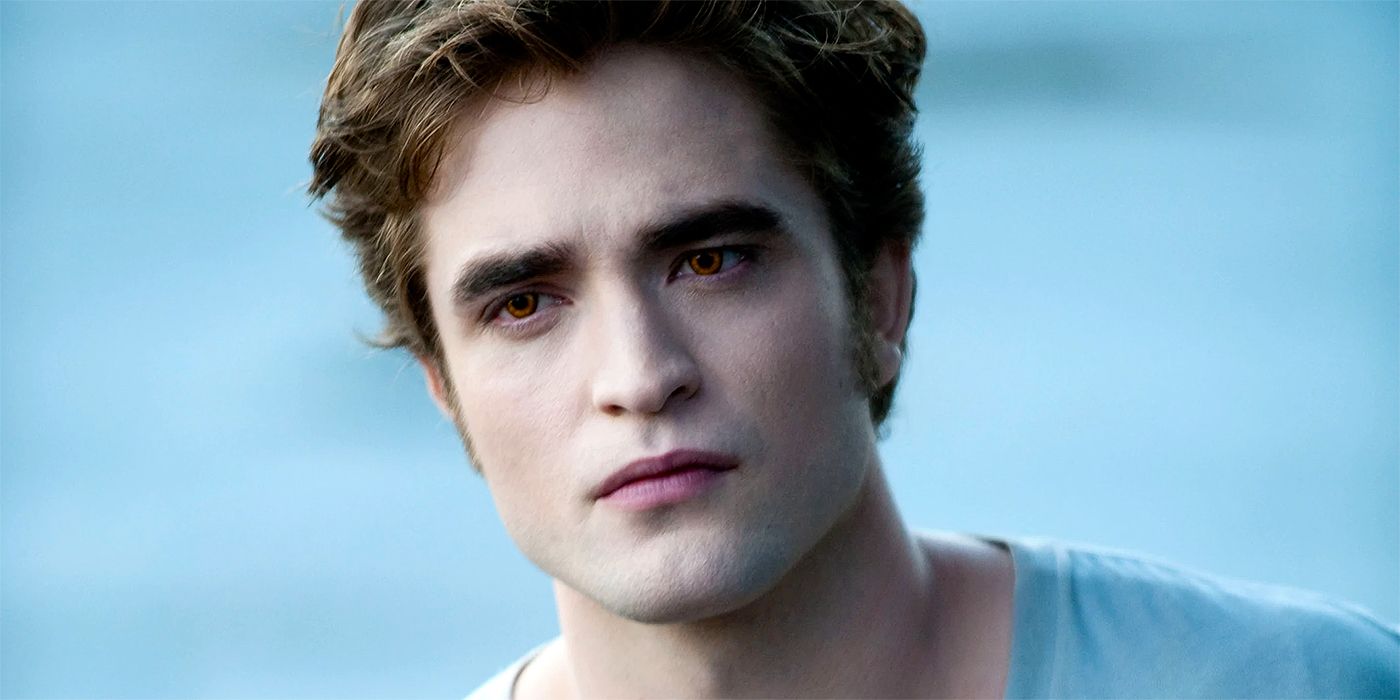
In the late 2000s, Stephanie Meyer’s “Twilight” series significantly revived the vampire genre with its modernized take on these creatures, resonating more with a younger demographic compared to traditional depictions. Edward Cullen, the central character, embodied the perfect blend of eternal beauty, deadly power, and eternal torment, serving as the ultimate vampire heartthrob. Unlike typical vampires, the Cullens didn’t burst into flames in sunlight, didn’t have fangs, and didn’t dwell in coffins. Instead, they lived in a more contemporary setting, devoid of dramatic cloaks or castles. The central theme of “Twilight” was Edward’s profound love for the protagonist, Bella.
The fresh take on vampires in this series has been well-received by viewers, yet as usual, fans have been pondering the true identities of the Cullens. With their distinctive characteristics considered, a theory has arisen suggesting that the Cullens weren’t actual vampires but rather fairies drawn from Irish and Scottish folklore. From their appearances to their hunting methods, societal hierarchies within the vampire community, and even their physical traits, Edward, Carlisle, Esme, Rosalie, Alice, Emmett, and Jasper share striking similarities with these mythical fairy beings rather than traditional bloodsucking creatures. This theory, if true, would significantly alter our understanding of The Twilight Saga.
The Twilight Vampires Resembled Irish and Scottish Fairies
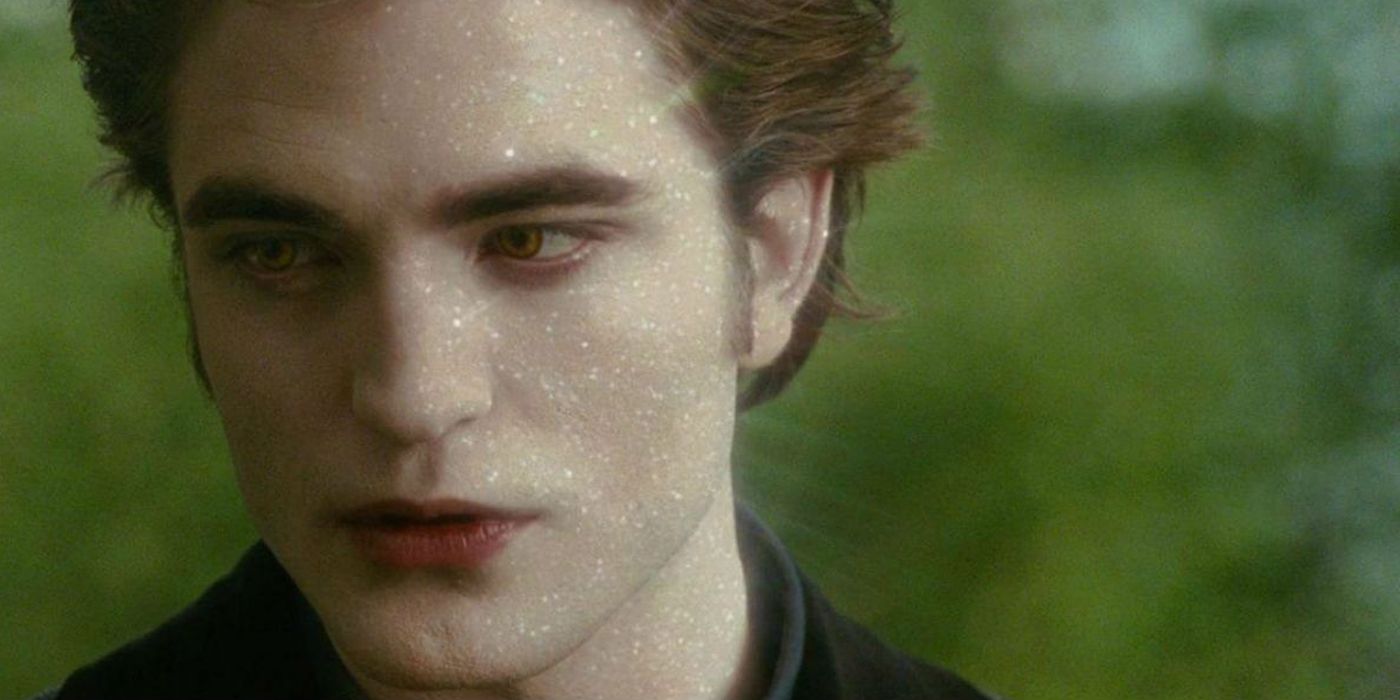
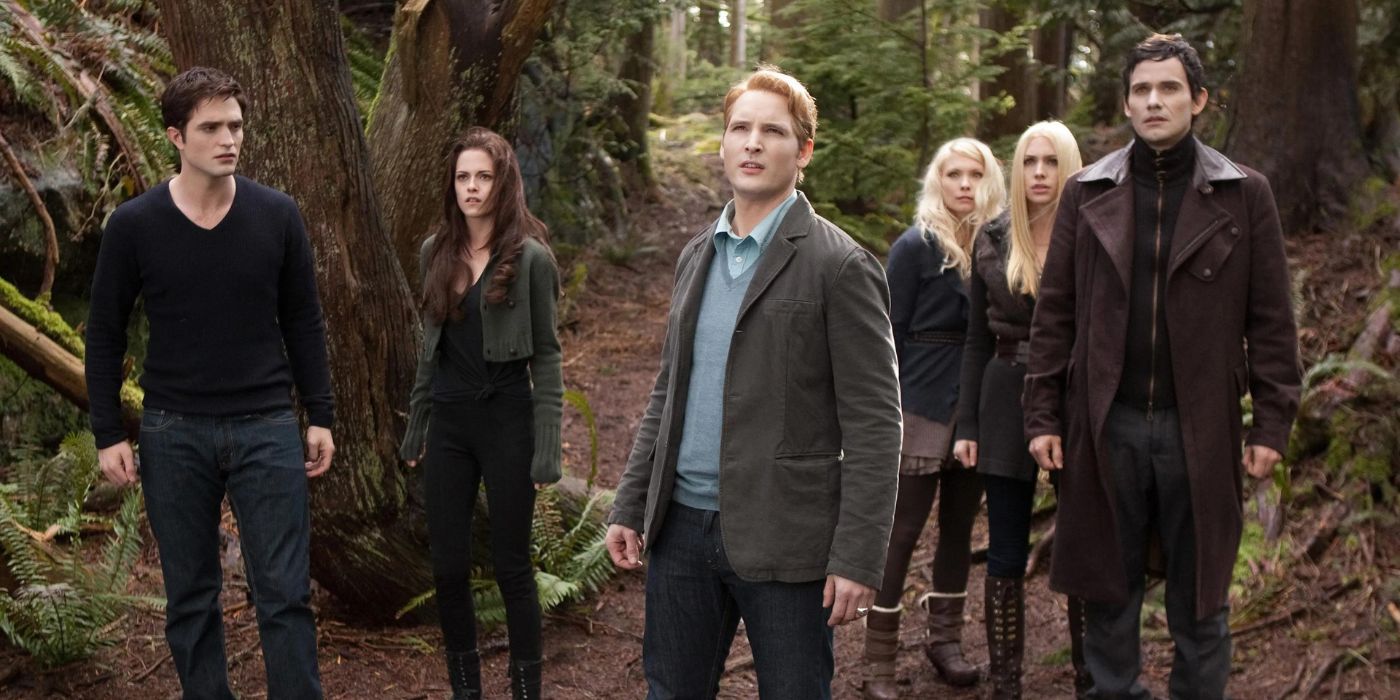
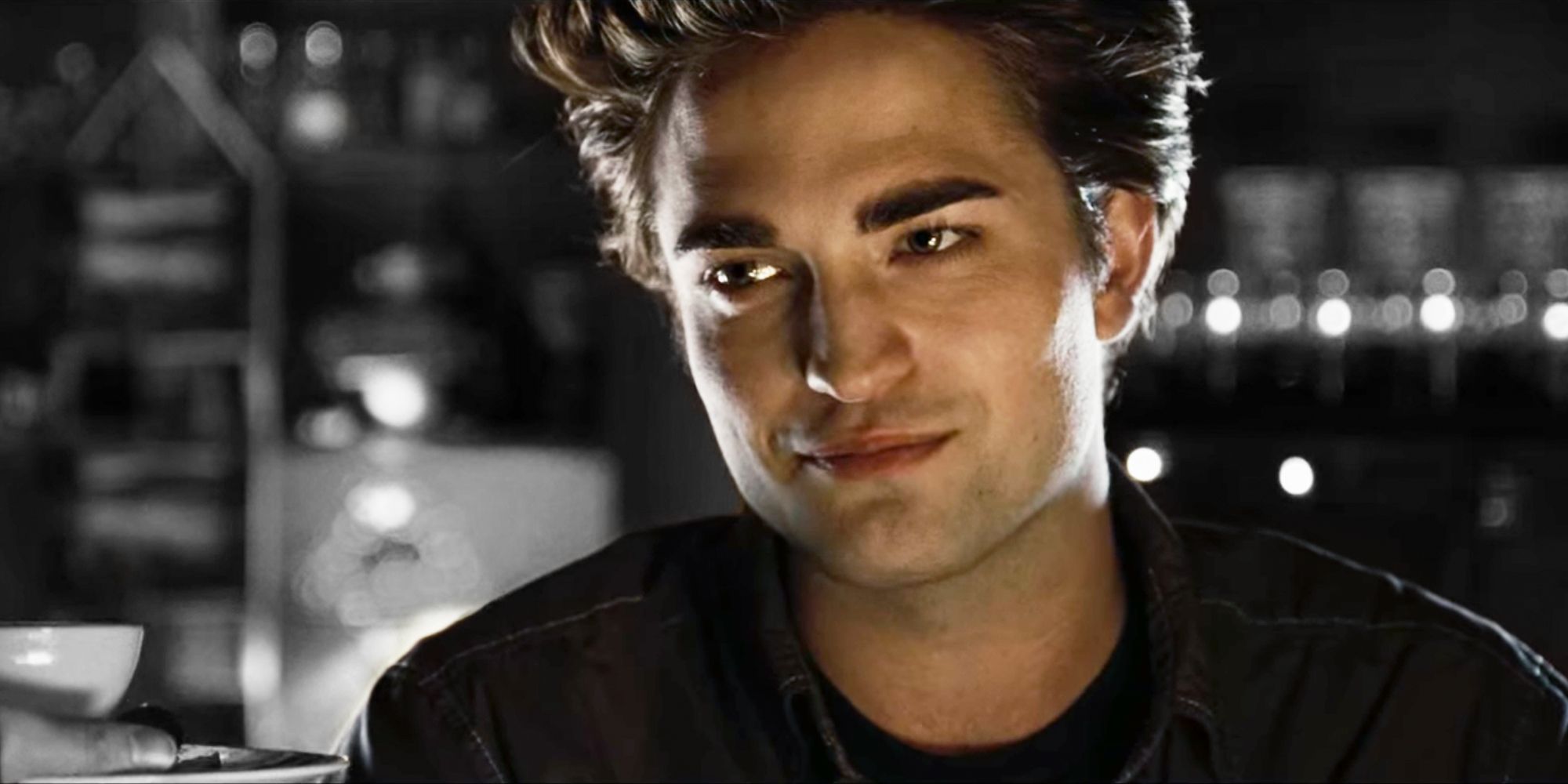
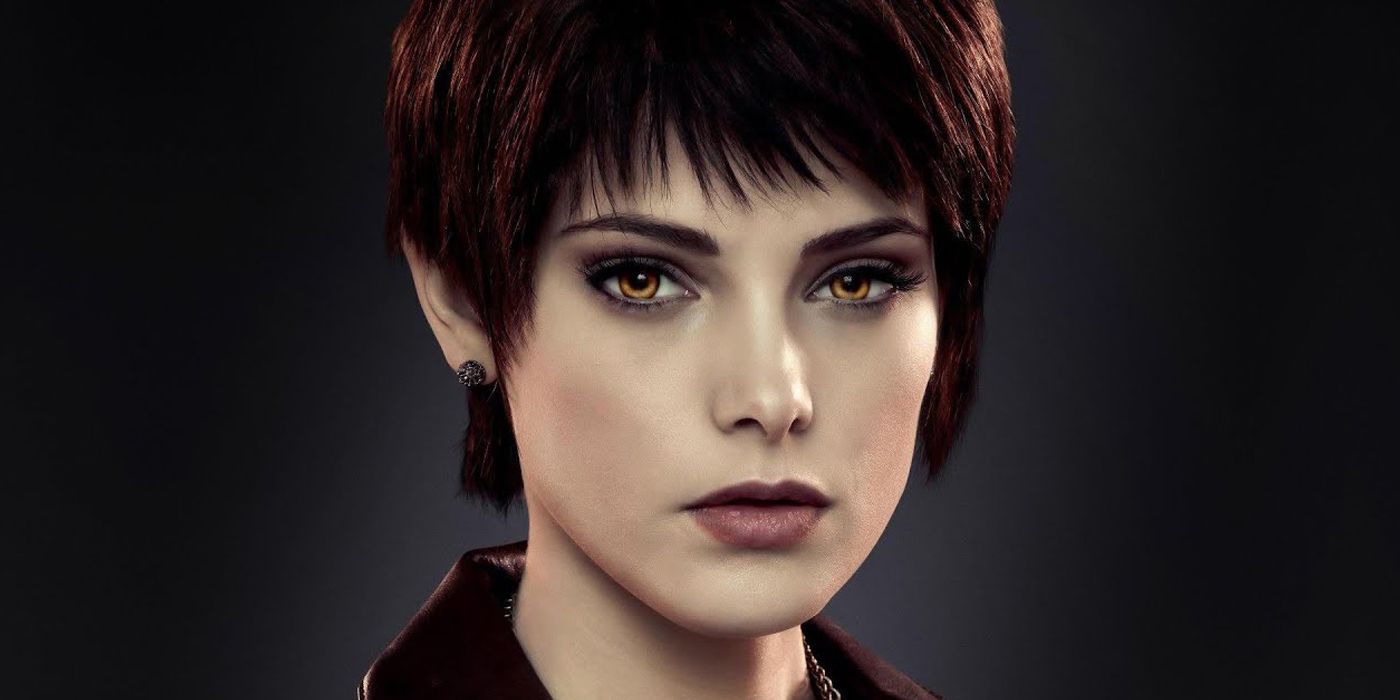
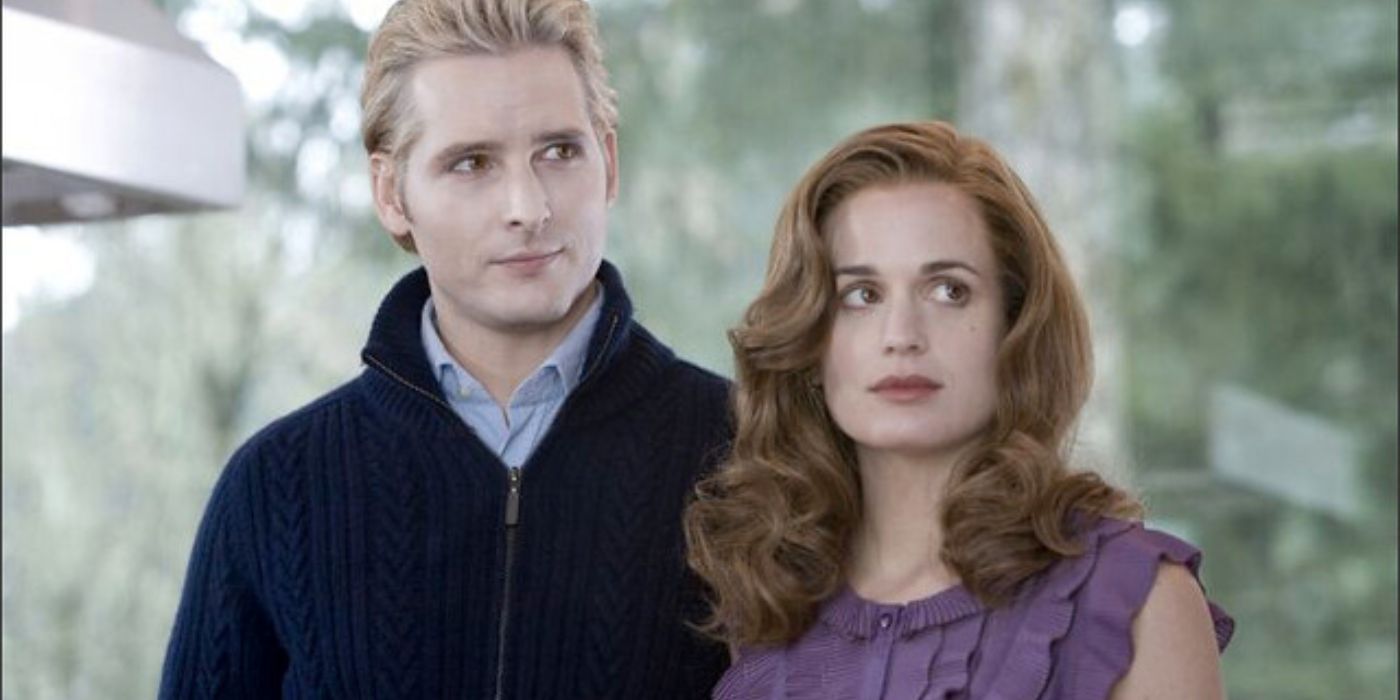
As a movie enthusiast who’s always on the lookout for mythical creatures, I can’t help but draw parallels between the enigmatic beings of Irish folklore, the Sídhe or Aos Sí, and the captivating Cullens from popular fiction. The Sídhe, ethereally beautiful fairies who dwelled in forests and woods, were as otherworldly as they come, with a hypnotic charm that was hard to resist. They were rumored to possess supernatural abilities such as controlling weather, reading minds, shapeshifting, and wielding ancient magical powers. Upon closer examination, the Cullens seem to embody these fairy-like traits more than their vampire persona suggests. Edward, for instance, is frequently described as a man whose beauty hails from another realm, his perfection almost unreal. The Sídhe were said to originate from the Otherworld, yet they’d materialize in our world to intermingle with humans. It’s intriguing how these two seemingly disparate entities share striking similarities!
It’s not too far-fetched to think that the Cullens, with their extraordinary abilities and fondness for living in a heavily wooded area like Forks, might be akin to certain Irish fairies, given their secluded home and their unique ability to sparkle in the sun. This trait aligns more with the lore of fae beings, who are said to glow during twilight or under moonlight and sunlight, rather than typical vampire folklore.
A frequently compared story to the vampires in Twilight is the Scottish folklore of the baobhan sith. These creatures are fearsome fairies residing in the Scottish Highlands, predominantly female, who possess an ethereal beauty. Similar to succubi, they entice their victims (typically men) with their attractiveness and charisma, only to drain them of their blood or vitality for their own survival.
In a slightly rephrased manner,
The baobhan sith were exclusively female entities, but they shared striking similarities with characters such as Rosalie, Tanya, Siobhan, Irina, and Kate, who were also enchanting women known for their captivating allure. As one delves deeper into Gaelic fairy folklore, it becomes increasingly evident that these beings, along with others, tended to be more akin to sídhe or baobhan sith fairies rather than traditional vampires. This is because their characteristics and attributes bore little resemblance to those of the undead, whether we’re referring to Dracula or Nosferatu.
Even the Werewolves Weren’t Really Werewolves
Twilight might seem like a basic tale of vampires and werewolves at first glance, but it’s far more intricate than that. Hidden beneath the romance between Edward and Bella is a tangled network of folklore and character histories. The narrative delves much deeper, revealing layers that are not immediately apparent. This interpretation challenges the traditional understanding of Twilight’s vampires, and it’s further supported by the fact that the series’ werewolves weren’t actually werewolves in the classic sense. In this universe, lycanthropes transformed into wolf-like forms only during certain phases of the moon, not as a result of being cursed with a werewolf condition.
Under normal circumstances, a full moon wouldn’t induce a transformation for Jacob, Sam, and their La Push pack members, as they are not werewolves. Instead, they are descendants of the Quileutes, a people with a unique ability to shapeshift, traced back to the Spirit Warrior Taha Aki. Unlike werewolves, who lose control during transformations and exhibit feral behavior in their animal forms, the Quileute shapeshifters maintain self-control.
Taha Aki had the power to roam as a spirit, safeguarding the reservation, but he was forced to inhabit a wolf’s body due to an unruly tribe member named Utlapa, who sought to end Taha Aki’s life.
After exacting his vengeance on Utlapa, an extraordinary turn of events followed for him – he acquired the ability to transform into a wolf at will. This unique trait was later inherited by his male descendants, including Jacob, Sam, Paul, Seth and others within their tribe. Taha Aki, with this newfound power, employed it primarily for the protection of his people and their community. The climax of this came when a supernatural entity, known as a Cold One or a vampire, decided to assault the reservation.
In another version, the battle was fierce, yet the Cold One met its end. Taha Aki vanished without a trace, but his influence lived on through subsequent generations who considered vampires their sworn foes. Consequently, these werewolves within this series were unique, as they weren’t confined to the traditional transformation; instead, they had the ability to transform into wolves spontaneously.
In the world of Twilight, the rules and folklore were unlike anything else, with nothing being exactly as it appeared. Despite this, Jacob and his pack were indeed shapeshifters, a fact confirmed by canon rather than speculation.
A Fairytale In Vampire’s Clothing
If this theory is based in truth, it significantly alters the core concepts, and one of today’s well-known vampire-human romances assumes a new dimension, transforming into a folktale. Although the Cullens don’t undergo physical or personality changes, the central theme of Twilight revolves around its vampire element. Being an undead creature adds a sinister and potentially lethal angle to Bella and Edward’s romance, as he is perpetually at risk of harming Bella due to her enticing scent.
This fits perfectly with the forbidden love theme, a key factor behind the popularity of the “Twilight” series. However, if Edward was proven to be fae instead of a vampire, everything would change dramatically. In fact, many viewers have long criticized the series for its sparkling vampires, and if the Cullens were unveiled as fairy beings, “Twilight” could potentially lose the unique appeal it worked hard to achieve.
Without a shadow of a doubt, there are undeniable parallels between the bloodthirsty fairies from Ireland and Scotland, and the alluring yet dangerous vampires in the popular franchise. Their breathtaking beauty, ethereal elegance, supernatural abilities, and deep connection to the woods make the Cullens seem more like characters from a fairytale than creatures of the night. Whether this resemblance was deliberate or not, it’s hard to ignore, and it might not be as frightening as some fans assume.
In a possible twist, this story could unfold as a unique blend of human-fairy romance. Unlike ordinary or morally upright faeries, the Sídhe or Baobhan Sith carry an inherent danger, much like traditional vampires. Their divine aura and powers make them potentially more terrifying than mere undead creatures. With roots tracing back centuries, their tales weave a rich and complex history that brings a fresh, captivating perspective to “The Twilight Saga”. This transformation in audience perception is crucial for fully appreciating the narrative.
Read More
- Clash Royale Best Boss Bandit Champion decks
- Brawl Stars December 2025 Brawl Talk: Two New Brawlers, Buffie, Vault, New Skins, Game Modes, and more
- Best Hero Card Decks in Clash Royale
- Clash Royale December 2025: Events, Challenges, Tournaments, and Rewards
- Call of Duty Mobile: DMZ Recon Guide: Overview, How to Play, Progression, and more
- Best Arena 9 Decks in Clast Royale
- Clash Royale Witch Evolution best decks guide
- Clash Royale Best Arena 14 Decks
- Brawl Stars December 2025 Brawl Talk: Two New Brawlers, Buffie, Vault, New Skins, Game Modes, and more
- All Boss Weaknesses in Elden Ring Nightreign
2025-06-01 22:06